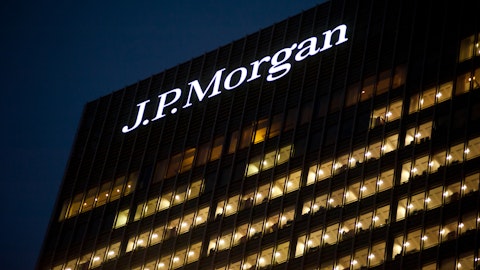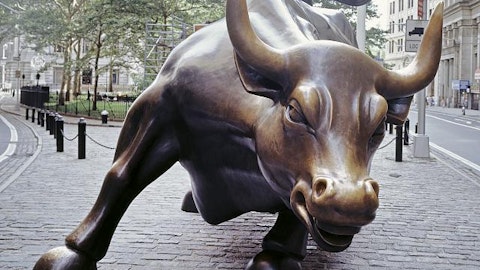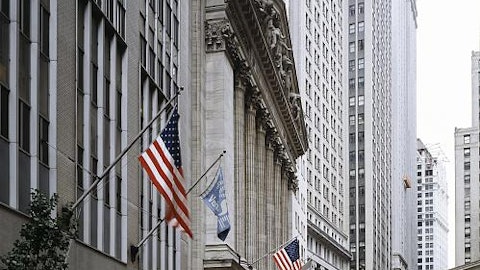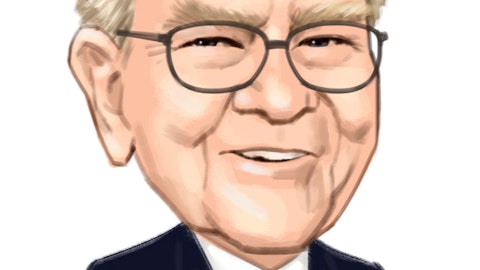Procter & Gamble Co (NYSE:PG) was founded in 1837. The company’s success over the last 178 years is nothing short of phenomenal:
– Sales over $70 billion a year
– Products in 180+ countries
– 59 consecutive years of dividend increases
– 21 brands with sales over $1 billion per year
Not bad for a company that sells disposable consumer goods products. In fact, Procter & Gamble is one of only 17 Dividend Kings – dividend stocks with 50+ years of consecutive increases.
Unsurprisingly, Procter & Gamble is a fairly popular stock among the investors tracked by Insider Monkey. 58 of them held over $9.06 billion worth of the company’s shares on September 30, amounting to 4.6% of the mega-cap’s outstanding shares. The number of funds long P&G remained unchanged over the course of the third quarter even as shares of the company declined by about 8%, showing their long-term conviction in the stock. Renowned value investors Warren Buffett and Donald Yacktman each hold massive stakes in P&G, of 52.79 million shares and 27.85 million shares, respectively.

Procter & Gamble is the 3rd largest consumer goods company in the world, behind only Apple Inc. (NASDAQ:AAPL) and Toyota Motor Corp (ADR) (NYSE:TM).
Procter & Gamble has become a victim of its own success over the last decade…
Take a look at the company’s difference in earnings-per-share growth in the two periods below (fiscal years, not calendar years):
– 1999 through 2008: Earnings-per-share growth of 10.3% a year
– 2009 through 2015: Earnings-per-share growth of 2.0% a year
The company lost its focus on its core brands. Procter & Gamble expanded its brand portfolio too aggressively. The result was an inefficient organization that was not effectively allocating capital.
The company flourished under CEO A.G. Lafley who ran the company from 2000 through 2009. Procter & Gamble struggled under his replacement, Bob McDonald. Lafley came back to run Procter & Gamble again in mid-2013 at the request of activist hedge fund manager Bill Ackman.
Since Lafley’s return, Procter & Gamble has shed non-core brands and pledged to significantly reduce its work force.
But Lafley is not planning to stick around…
In June of 2015, Procter & Gamble announced it would be changing CEOs again. Lafley is stepping down, and long-time Procter & Gamble employee David Taylor is taking over.
The quick change of CEO creates instability at Procter & Gamble. Few expected Lafley to give up leadership after just 2 short years as Procter & Gamble’s CEO. Taylor has been integral to the company’s renewed focus on core brands, and will likely continue Lafley’s strategy. Taylor’s career with Procter & Gamble is shown in the image below:
Source: Procter & Gamble 2015 Shareholder Meeting Presentation, slide 34
Before discussing the continued cost-cutting and restructuring of Procter & Gamble, a quick overview of the company’s 10 ‘core’ brand categories.






